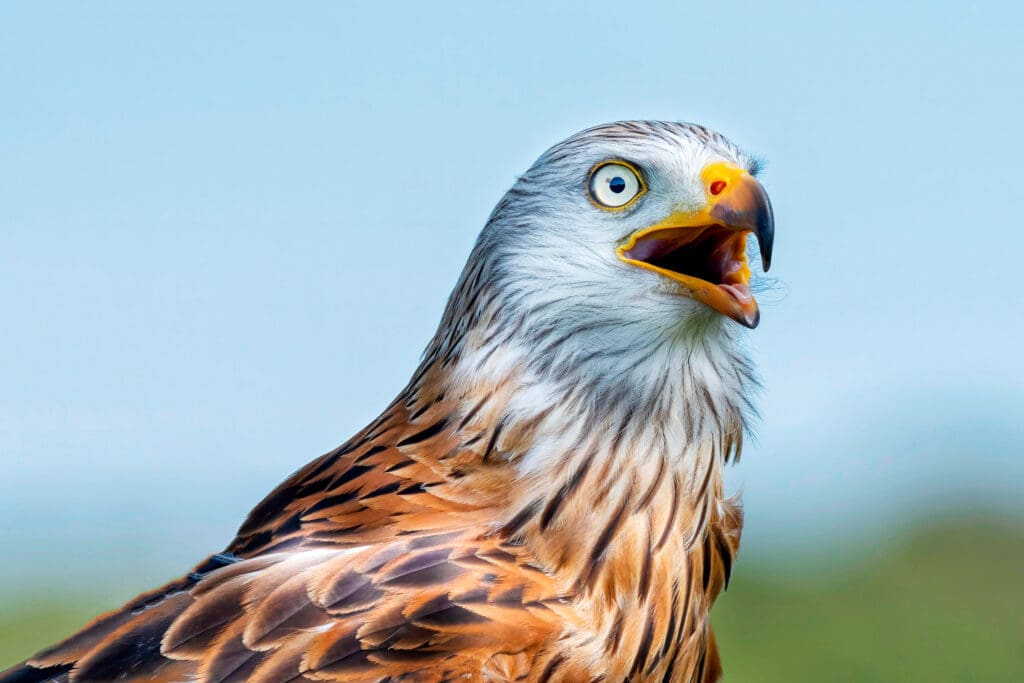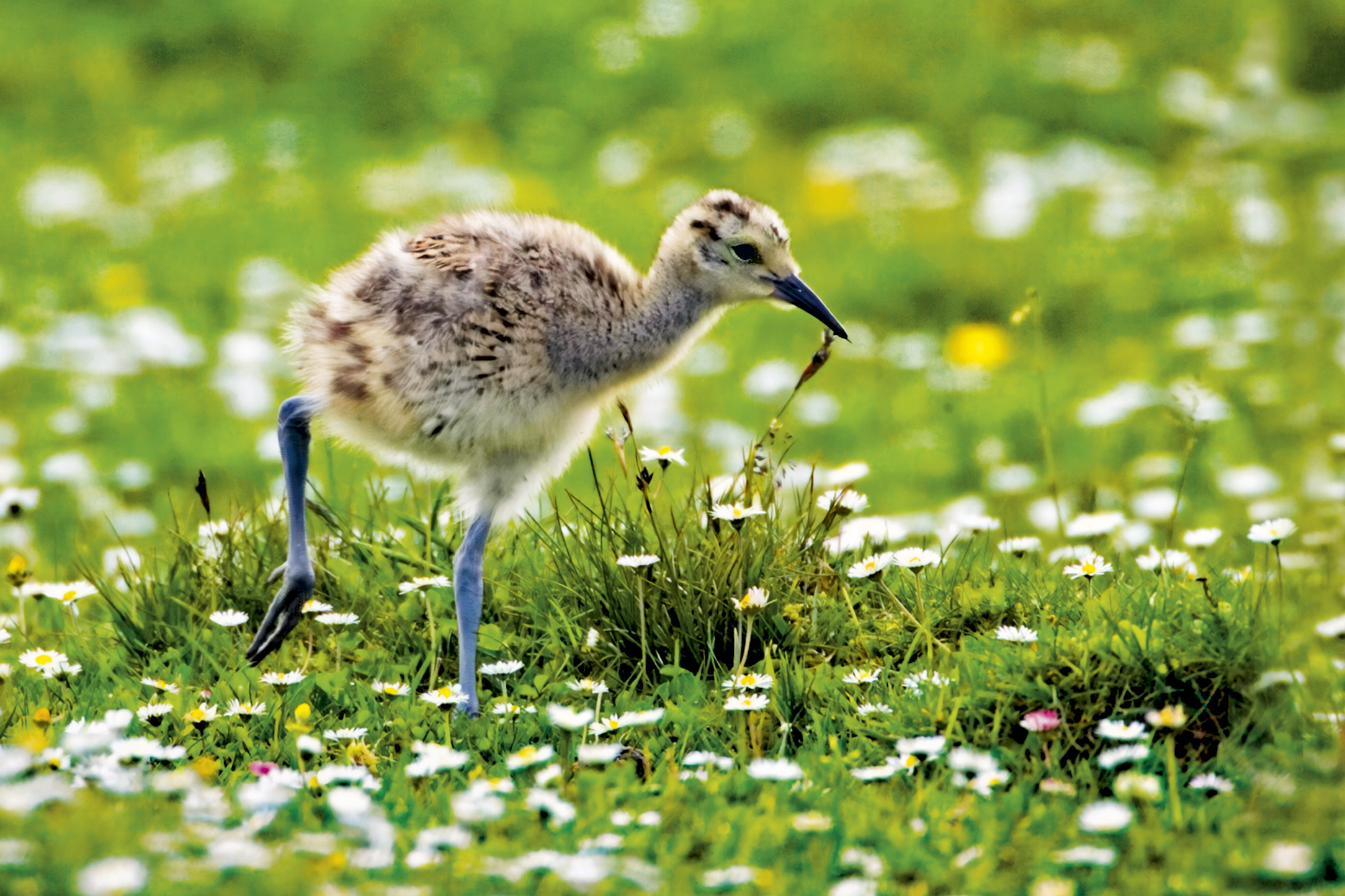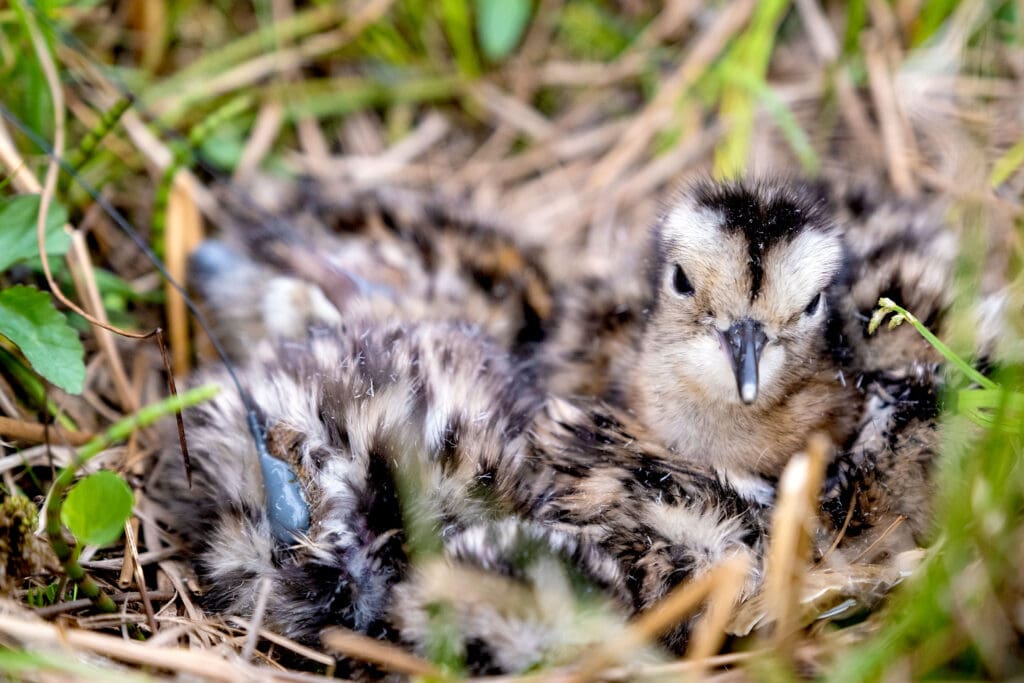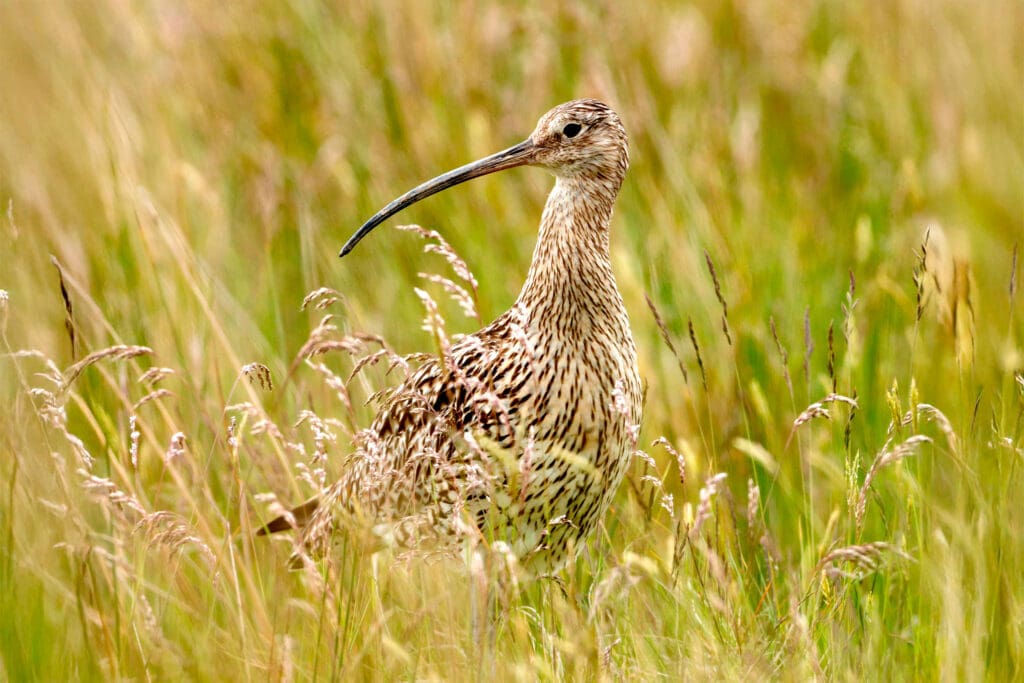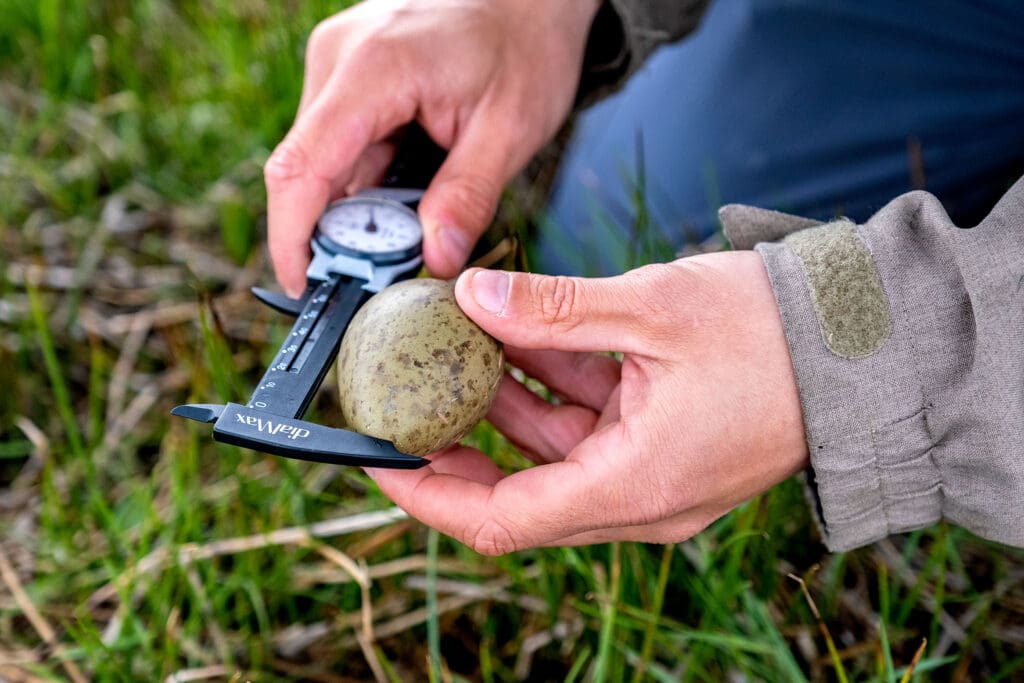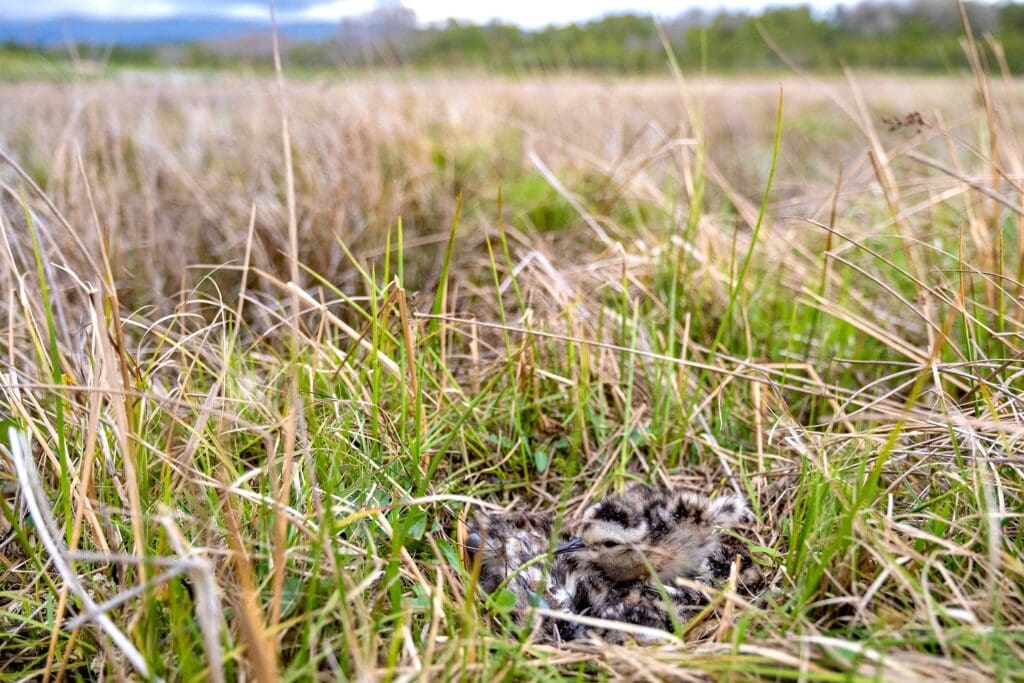Just hours after struggling forth from its egg, the Curlew chick wobbles up on its gangly legs. It will feed itself for five weeks, closely guarded by its parents, until it can fly.
Curlew chicks have become a rare sight in the UK. Due largely to poor breeding success, UK Curlew populations have fallen by nearly half since the mid 1990s. But thanks to four years of work by the Curlew LIFE project at five sites – led by the RSPB – Curlew abundance, hatching and fledging success have increased.
Funded by the European Commission LIFE programme and regional partners, the initiative used a mix of conservation solutions to improve thousands of hectares of habitat for breeding Curlews. Its success is due in large part to the incredible work of collaborating conservationists, local communities, landowners and farmers.
Discover how the Curlew LIFE project is helping Curlews at RSPB Insh Marshes. Credit: @RSPBvideo
You might also like

Curlew tracking yields insights
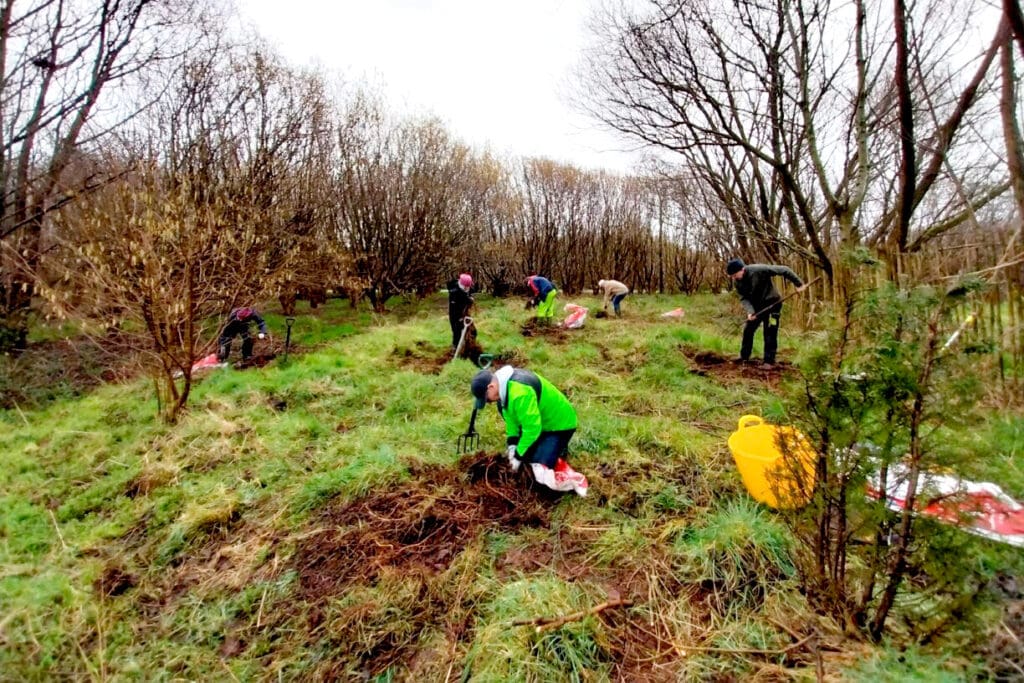
People-powered conservation
